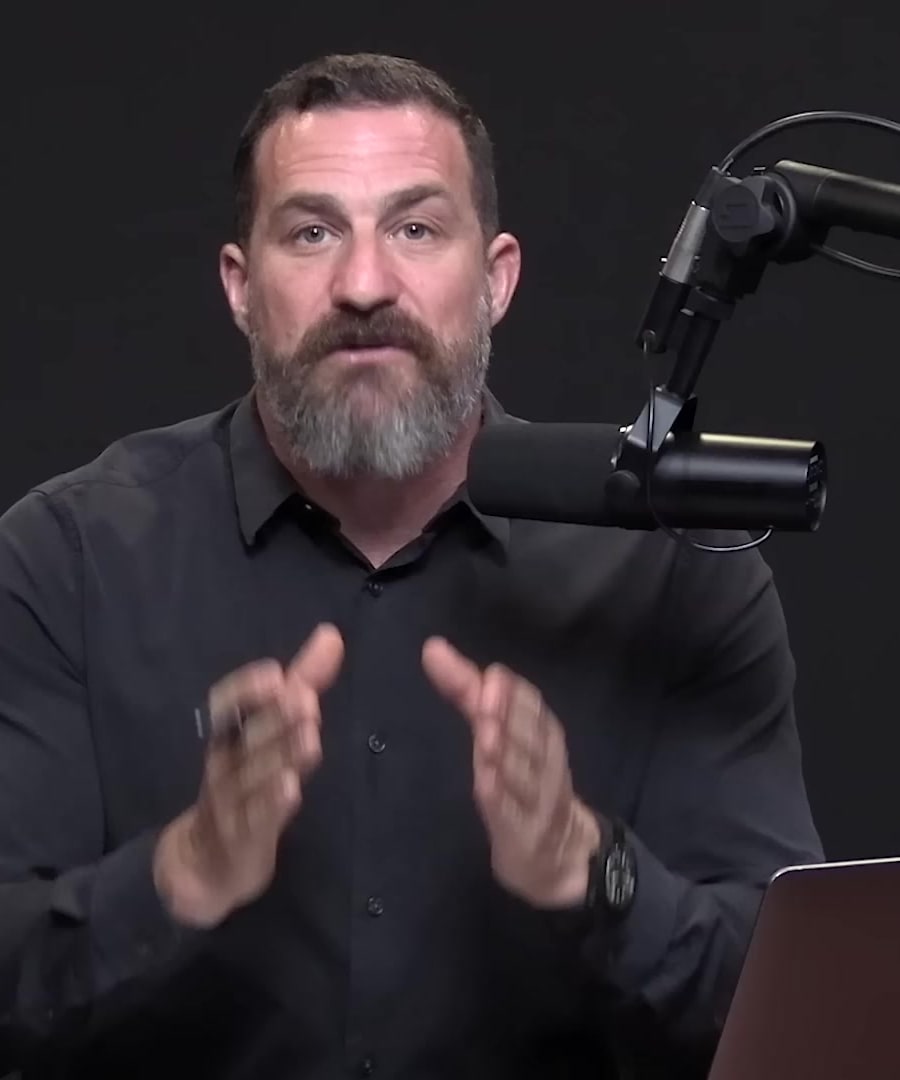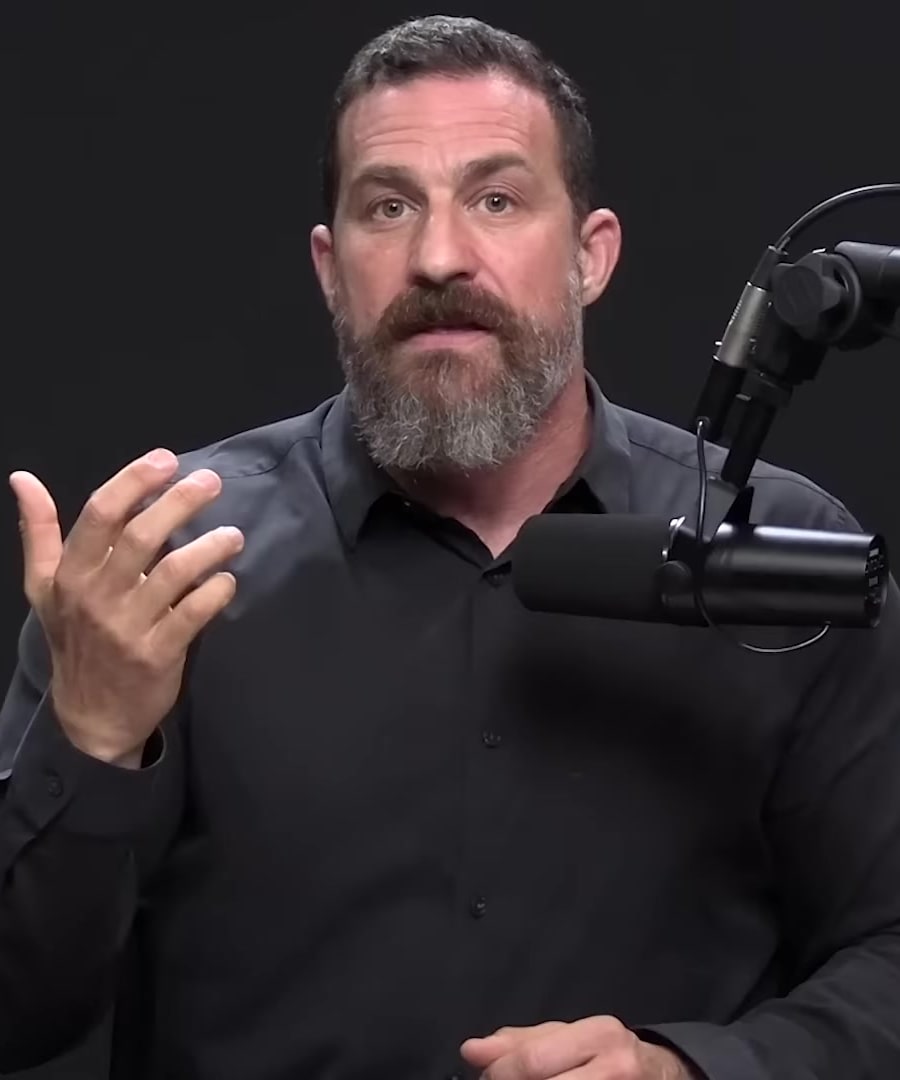Contagiousness
Sources:
Andrew Huberman discusses the mechanics of contagiousness, particularly in relation to colds and flus, in a few episodes of the Huberman Lab podcast.
-
Routes of Transmission and Preventive Measures: Huberman highlights that colds and flus are often transmitted when virus particles make contact with mucous membranes in the eyes, nose, and mouth. This transmission usually happens through touch, such as touching one's face after making contact with other people’s skin or touching commonly used surfaces. He emphasizes the importance of being conscious about not touching one's face to avoid these viruses and suggests using hand sanitizer as a practical preventive measure 1.
-
Physical Proximity's Role in Transmission: He also notes that physical proximity plays a significant role in the likelihood of contracting colds and flus. The closer you are to someone who is sneezing or coughing, the higher your risk of getting sick. Huberman stresses this point by mentioning the direct correlation between proximity and the chance of infection. Additionally, he explores how cold and flu viruses can survive on skin and other surfaces, further aiding their transmission 2.
-
Contagion Myths: Huberman debunks myths related to contagion, clarifying that contagiousness doesn't necessarily correlate with the presence or intensity of symptoms. He calls out common misinformation, like the belief that one can't be contagious before symptoms appear, or that one stops being contagious shortly after symptoms develop 3.
These insights underscore the importance of understanding and respecting the basic mechanisms of disease transmission, thereby adopting effective preventive measures to safeguard one's health.
RELATED QUESTIONS-


